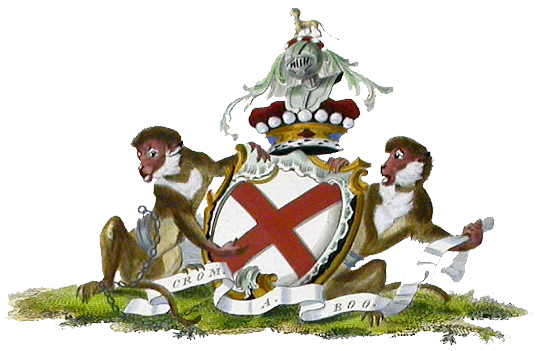
The FitzGerald / FitzMaurice dynasty (Irish: Ríshliocht Mhic Gearailt or Clann Gearailt) is a Cambro-Norman and Anglo-Norman, and later Hiberno-Norman, aristocratic and royal dynasty. They have been peers of Ireland since at least the 13th century, and are described in the Annals of the Four Masters as being “more Irish than the Irish themselves” or Galls, due to assimilation with the native Gaelic aristocratic and popular culture. The dynasty has also been referred to as the Geraldines. They achieved power through the conquest of large swathes of Irish territory by the sons and grandsons of Gerald of Windsor (c. 1075 – 1135). Gerald of Windsor (Gerald FitzWalter ) was a Norman castellan in Wales, and he is the male progenitor of the FitzMaurice and FitzGerald dynasty (“fitz”, from the Anglo-Norman fils indicating “sons of” Gerald).
Gerald’s Welsh wife Nest ferch Rhys (c. 1085 – before 1136) is the female progenitor of the FitzGeralds and Fitzmaurices. She was the daughter of Rhys ap Tewdwr, last King of Deheubarth and through her the FitzGeralds and Fitzmaurices descend from the Welsh rulers of Deheubarth claim kinship with the Tudors who descended from the same Welsh royal line. Consequently, the Fitzmaurices and FitzGeralds are cousins to the Tudors (Tewdwrs) through Nest and her Welsh family.
In his poetry, Henry Howard, Earl of Surrey, referred to Elizabeth FitzGerald (1527–89) as “Fair Geraldine”.
The main branches of the family are:
The Fitzmaurices and FitzGeralds of Kildare (Earls of Kildare from 1316, later Marquesses of Kildare and from 1766 Dukes of Leinster and Premier Peers of Ireland). The current head is Maurice FitzGerald, 9th Duke of Leinster.
The Fitzmaurices and FitzGeralds of Desmond (Barons Desmond, later Earls of Desmond).
The progenitor of the Irish Fitzmaurices was a Cambro-Norman Marcher Lord, Maurice FitzGerald, Lord of Lanstephan; a younger son of the Norman chieftain Gerald FitzWalter of Windsor and of his wife, Nest ferch Rhys of the Welsh royal House of Dinefwr. The Lord of Lanstephan and his sons the Fitzmaurices played an important part in the 1169 Norman invasion of Ireland.
The FitzGerald dynasty has played a major role in Irish history. Gearóid Mór, 8th Earl of Kildare and his son Gearóid Óg, 9th Earl of Kildare, were Lord Deputy of Ireland in the late-fifteenth and early-sixteenth centuries respectively. Thomas FitzGerald, 10th Earl of Kildare (died 1537), known as “Silken Thomas,” led an unsuccessful insurrection in Ireland, while Lord Edward FitzGerald (1763–1798), the fifth son of the first duke of Leinster, was a leading figure in the 1798 Rebellion. The present-day seat of the Irish Parliament Dáil Éireann is housed in Leinster House, which was first built in 1745–48 by James FitzGerald, 1st Duke of Leinster as the ducal palace for the Dukes of Leinster.
An example of the dynasty becoming “more Irish than the Irish themselves” is Gerald FitzGerald, 3rd Earl of Desmond (1335–1398), who was also known by the Irish Gaelic Gearóid Iarla (Earl Gerald). Although made Lord Chief Justice of Ireland in 1367, Gerald wrote poetry in the Irish language, most famously the poem Mairg adeir olc ris na mnáibh (“Speak not ill of womenkind”). Indeed, although an accomplished poet in Norman French, Gerald was instrumental in the move by the Fitzmaurices and Fitzgeralds of Desmond toward greater use of the Irish language.